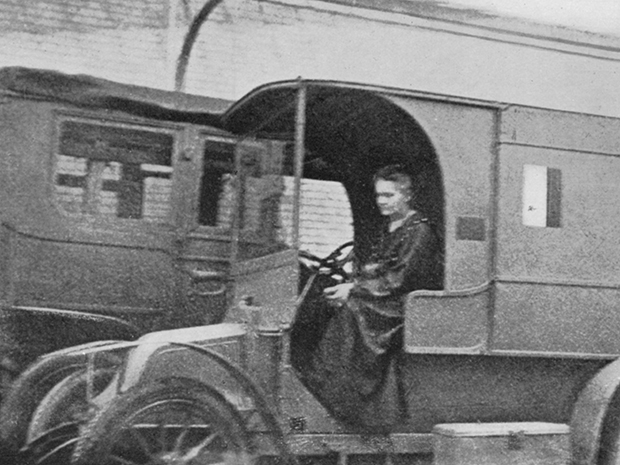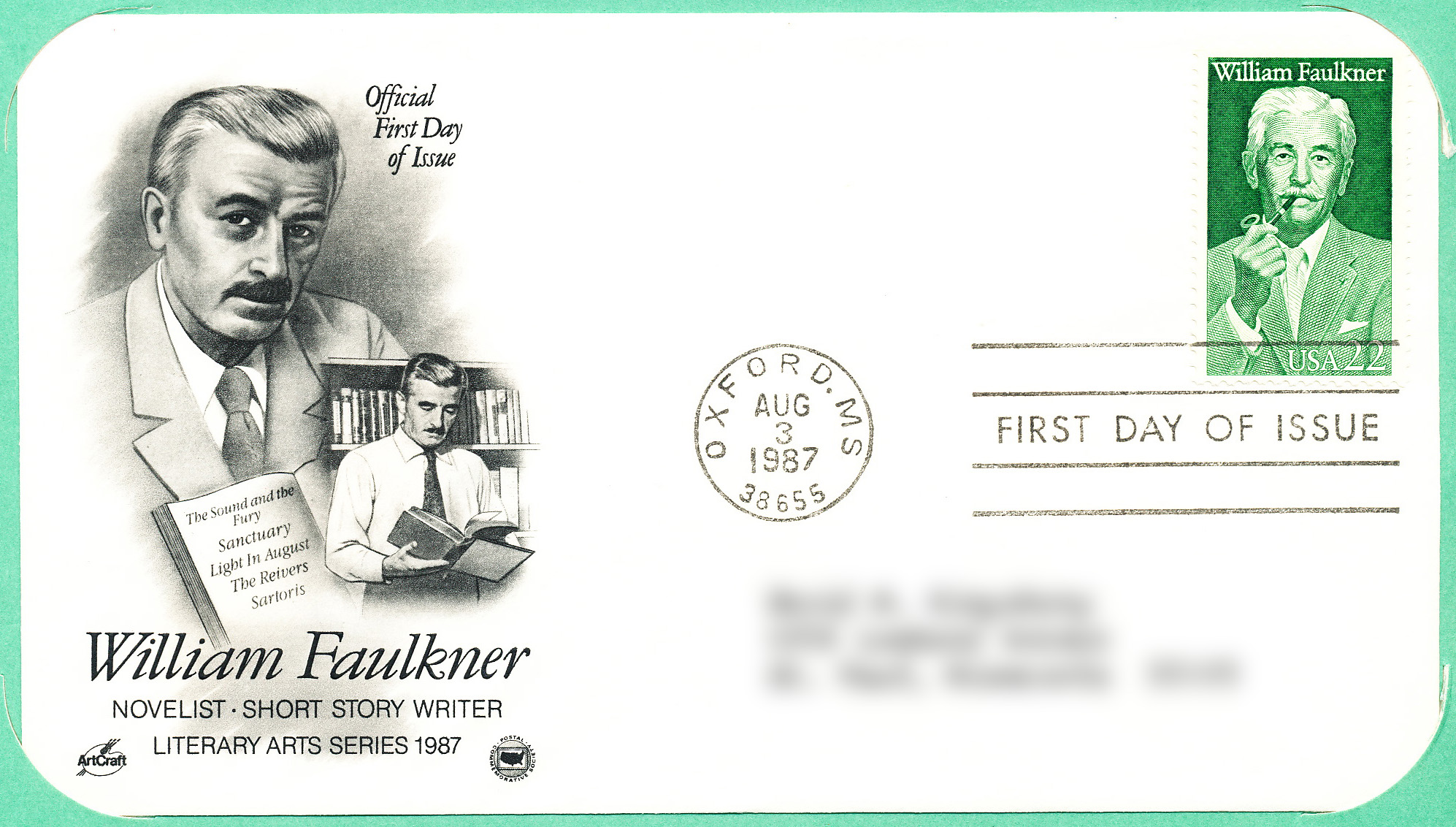That Wes Anderson is perhaps the most assiduous maker of short films today becomes clear when you look closely at his recent work. The four adaptations of “The Wonderful World of Henry Sugar” and three other Roald Dahl stories he made for Netflix were presented as a single anthology film; his slightly earlier feature The French Dispatch didn’t hide the essential separateness of its stories, each one based on an article for a fictionalized version of the New Yorker. Though both Anderson’s fans and critics readily note the increasingly elaborate constructions of his pictures, it’s worth remembering that his career began with a simple short: the thirteen-minute black-and-white version of Bottle Rocket that would evolve into his first full-length work.
Anderson tells the story of not just that first feature but also the twelve that would follow in the new video from Vanity Fair above, mentioning details even dedicated Andersonians may not know. The original, “very, very, very long” Bottle Rocket script got a severe cutting under the guidance of Hollywood producer James L. Brooks. Locations for Rushmore were scouted based on whether movements through them could properly be choreographed to certain British Invasion songs.
Anderson promised the late Gene Hackman that he’d have a “good time” on The Royal Tenenbaums, a promise that went not-quite-fulfilled. When he hired Seu Jorge to sing David Bowie songs for The Life Aquatic, he didn’t know he was already a pop singer in Brazil. When talking to him about The Darjeeling Limited, people tend to call it “The Darjeeling Express.”
Many of these recollections have to do with his inspirations, which for The Darjeeling Limited were specific subcontinental films like Jean Renoir’s The River, Louis Malle’s Phantom India, and Satyajit Ray’s Apu trilogy. Moonrise Kingdom was made possible when Anderson, long resident in France, came to “see America like some foreign country.” Writing The French Dispatch, he looked to the New Yorker as it was under its contrasting first editors, Harold Ross and William Shawn. Asteroid City originated as a kind of tribute to the Actors Studio in the nineteen-fifties. He describes his latest picture The Phoenician Scheme as having been inspired by the work of Luis Buñuel and written for Benicio del Toro, who plays a tycoon out of a “nineteen-fifties Italian movie” subject to “Biblical visions” during his frequent brushes with death. “I haven’t had the moment where I don’t know what I want to do next,” Anderson says at the end of the video. As sure as filmgoers may feel that they know just what to expect from him, he surely has many more surprises in store for us.
Related content:
A Complete Collection of Wes Anderson Video Essays
Why Do Wes Anderson Movies Look Like That?
Wes Anderson’s First Short Film: The Black-and-White, Jazz-Scored Bottle Rocket (1992)
Based in Seoul, Colin Marshall writes and broadcasts on cities, language, and culture. His projects include the Substack newsletter Books on Cities and the book The Stateless City: a Walk through 21st-Century Los Angeles. Follow him on the social network formerly known as Twitter at @colinmarshall.




